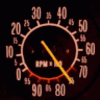Hello all,
I thought it may be usefull to show how many crankcase marking were used from start to finish of XU-1 production and their engine replacement parts such as NP blocks up to Aug 1974.
These were the scratched markings made by hand into the sand moulds before the blocks were cast, these show as a raised mark inside the crankcase area on the left side of the engine.
My research shows that prior to the period of study X and O were the markings used and by July 1969 the == ( two full lines ) marking were starting to be used both in 186 and 161 engine blocks, there is an example of replacement block and piston set dated Dec 1969 which had the earlier O mark but largely by the time of our study in August 1970 the X and == marks were in normal use.
I have found a Nasco NJ of July 1972 with this O mark and others stamped JP seen in August 1972 and a QL in December 72 with the O mark, it seems that these O marks show up at July/ August and December, perhaps the person making them was relieving on school holidays?
The majority of the XU-1's in 1972 and 1973 had the X mark though there are a few which still used the == marking the HQ QL stamped blocks also shared these same markings.
The dual date 173 was included in the == markings in July 73 though they possibly had both X and == marks.
I have a record of a QL in Dec 72, a JL in March 1973 and another JL in September 73 with the O mark but all others found so far have the X or == marks.
By 1974 markings continued to be the X and == marks and in late August 74 NP replacements will have had both though I have only a record of the == mark and by this time the blocks changed externally to include the three ribs behind the oil pump, but after this time the markings were simply extra long horizintal lines or something quite different.
All information has been the result of several years of my research but it is still a work in progress at the moment.
Mike
Edited by Mike73, 02 October 2013 - 02:35 PM.


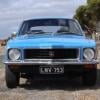


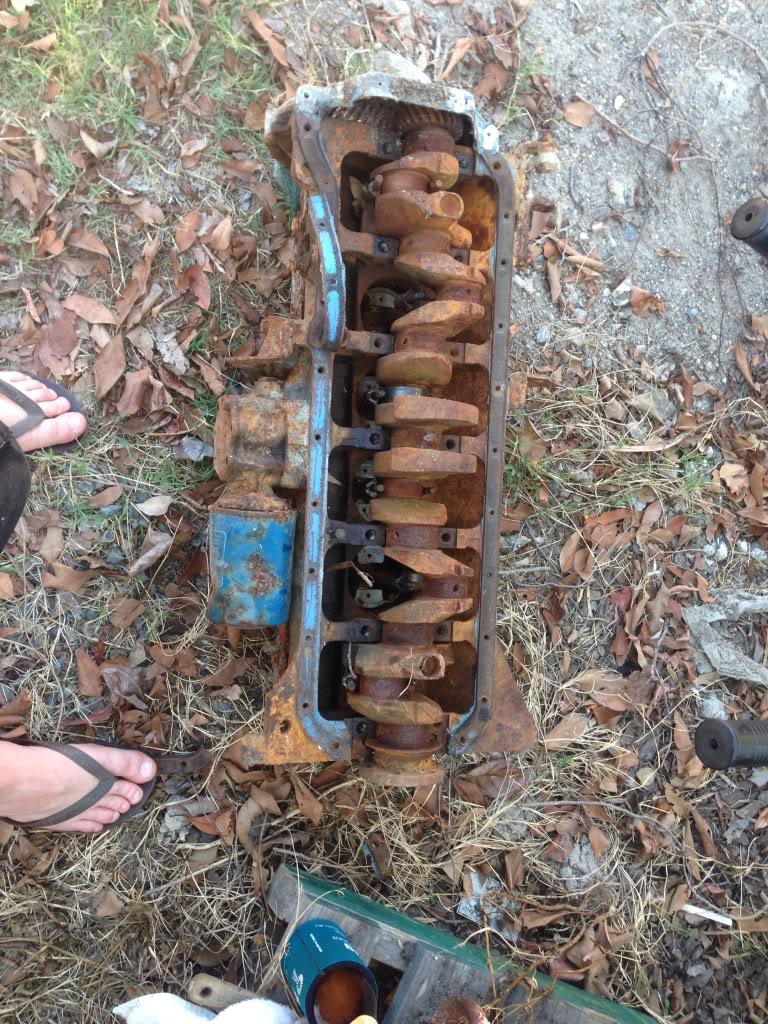
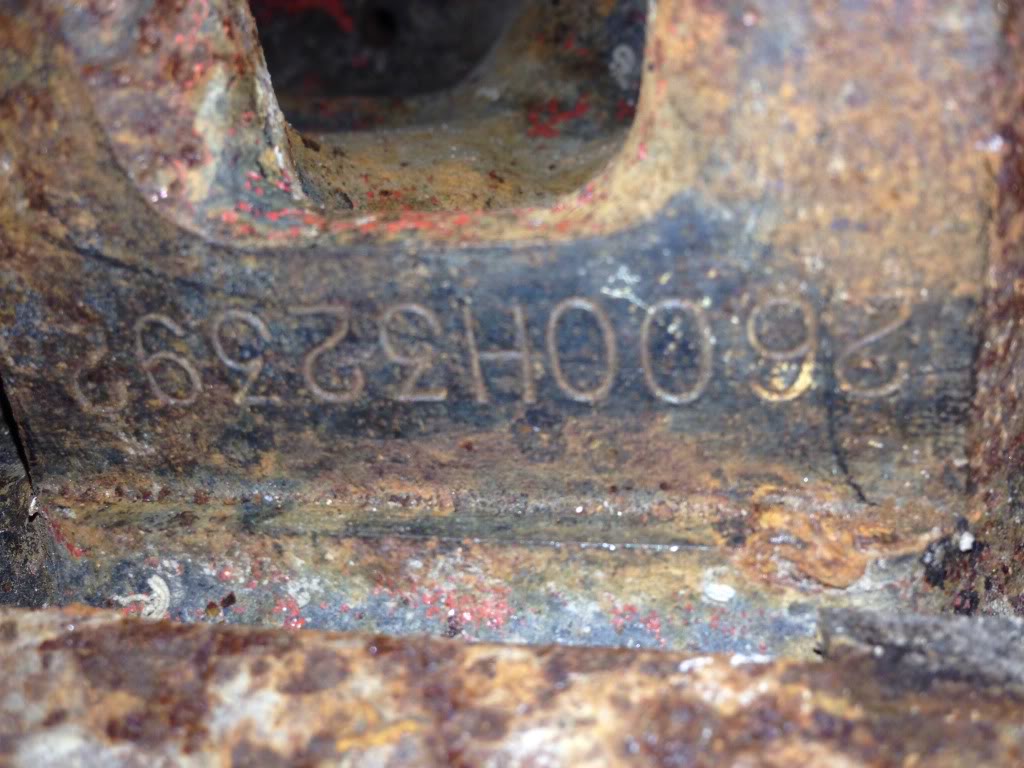
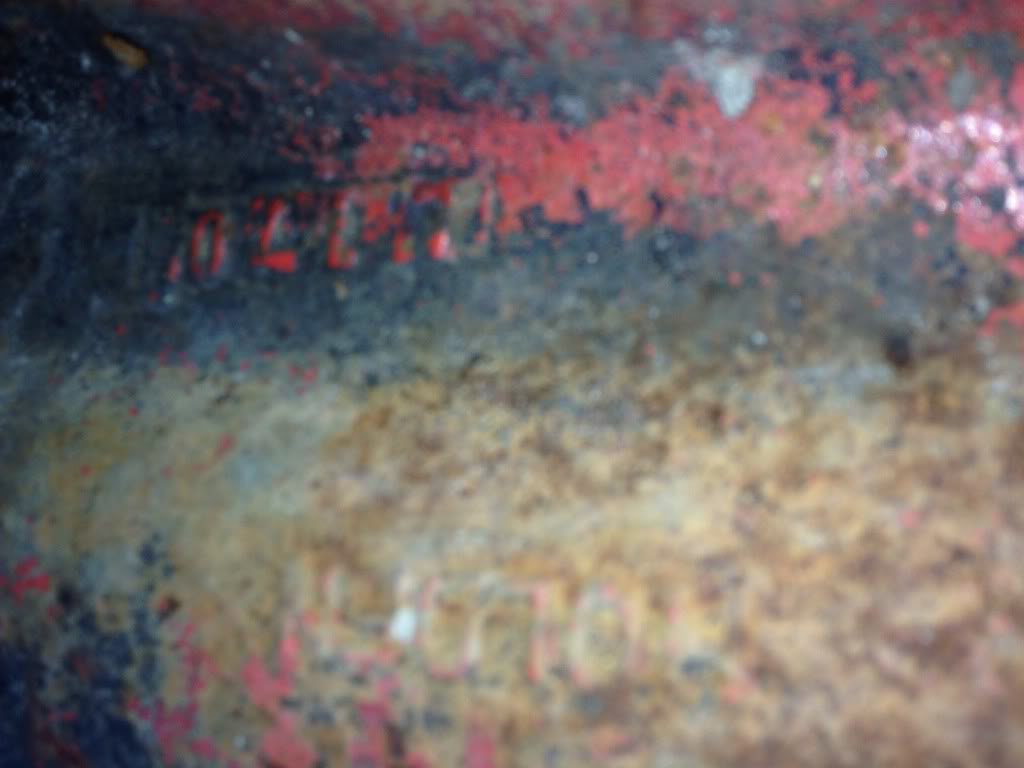
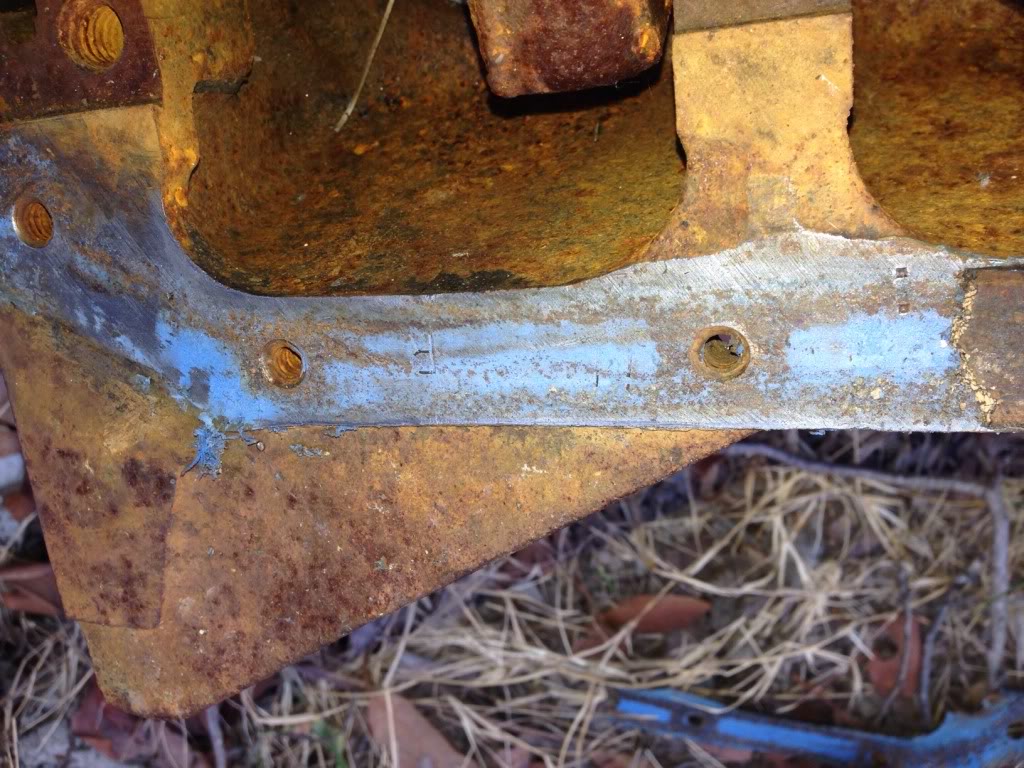




 View Garage
View Garage